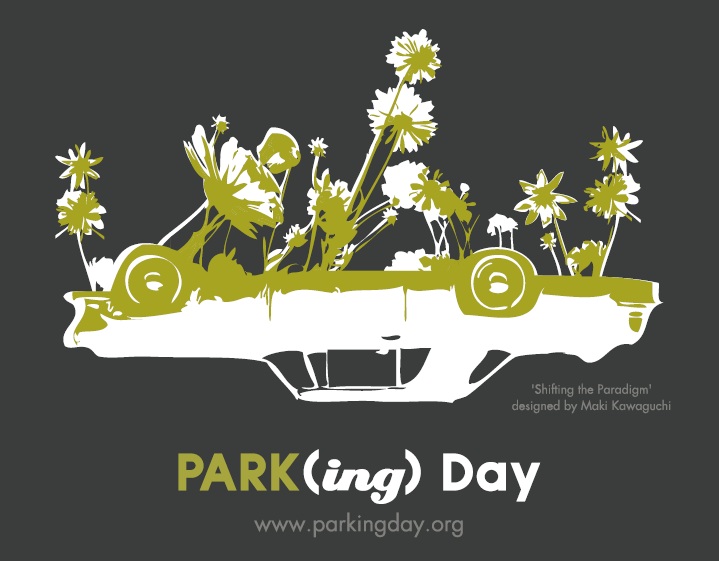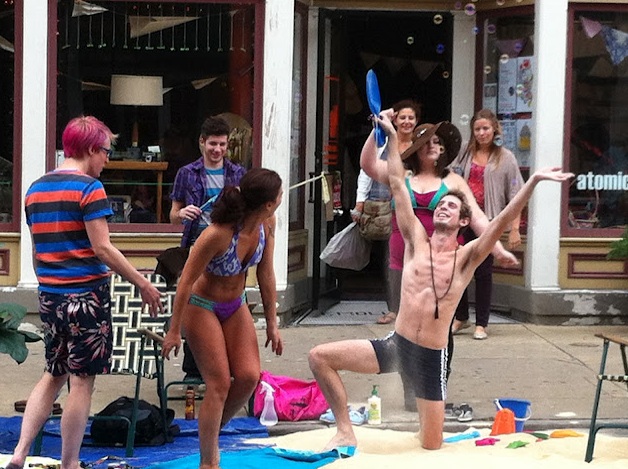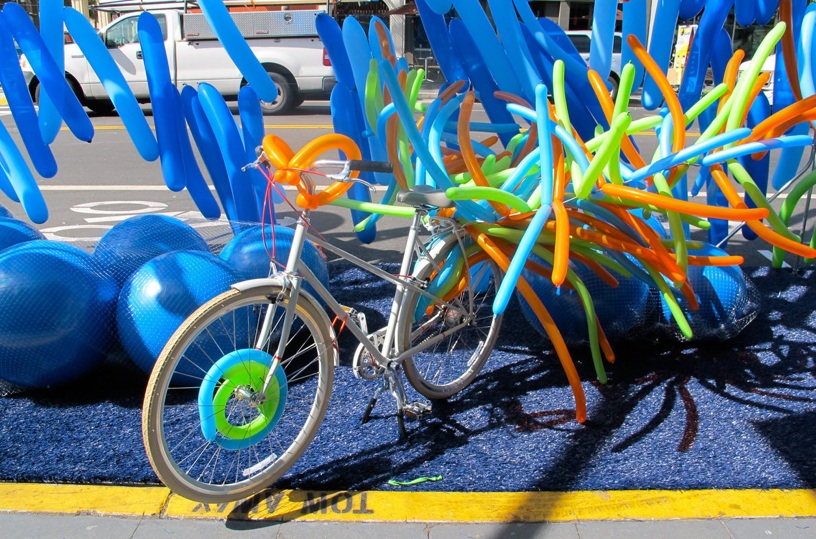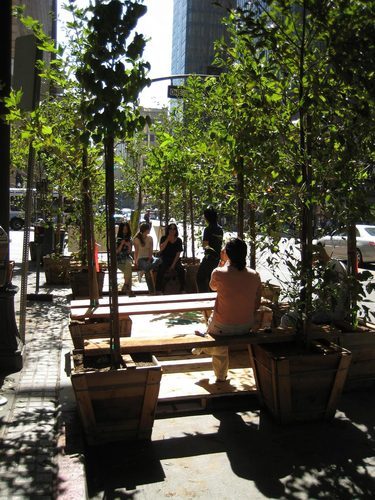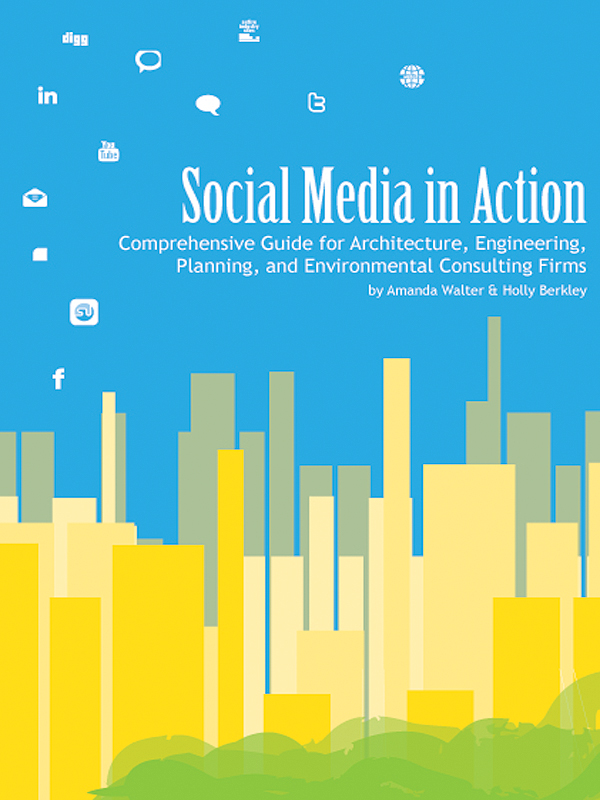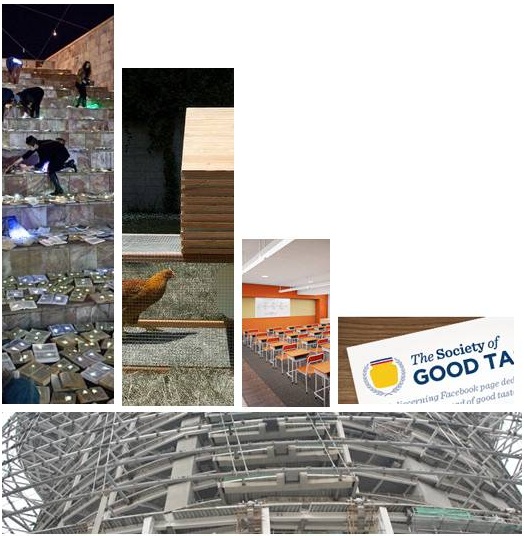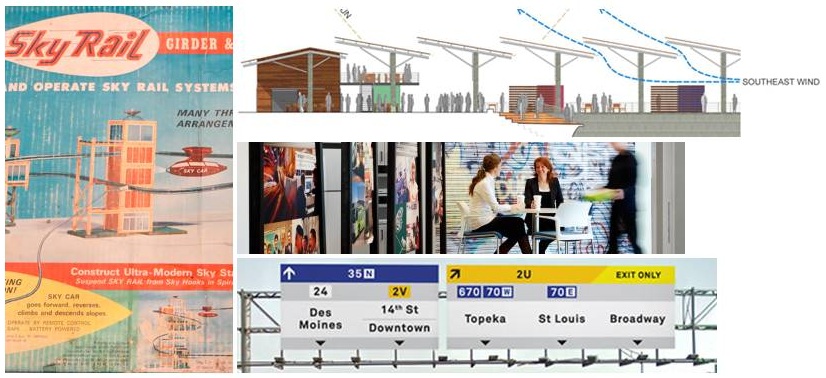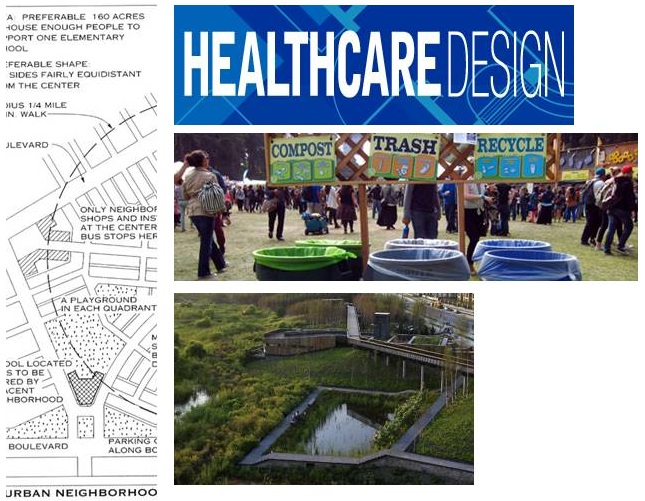Cultural workplace differences in Korea. Being adaptable in an uncertain world. Opportunities for architects and designers. Public housing transformed.
Workplace culture in Korea. Leigh Stringer of HOK discusses the differences in culture and workplace in Korea as the firm helps to design gas company Samchully’s new headquarters.
Observations with the culture:
- The streets are spotless in Seoul, yet this is a city of 10 million people. I can tell you that New York City, which is roughly 8 million people, is significantly less pristine.
- People on the streets are very well-dressed and well-spoken. They have a great fashion sense and few are overweight.
- Women are a minority when it comes to senior positions in many organizations. Yet Korea is about to elect its first female president.
- Though the sense of hierarchy is strong, collaboration and agreement of the whole is essential for decision making
Observations in the Korean workplace:
- The chairman makes all the decisions. There is a clear leader, though he takes advice from many people.
- Impromptu space is not necessary – it was value engineered out on day one! Collaboration occurs more formally and in conference rooms.
- Work at home is not officially supported. Mobile work is supported and the technology is excellent. Yet because people are often working in groups, the office is the most convenient place to be. Also, being in front of the boss is important. If you’re away from the office, you’re probably on a trip with your boss.
Via HOK Life blog
Success in an uncertain world. Philip Dilley, chairman of the Arup Group, blogs about uncertainty and how the best way to deal with it -- and risk -- is to ensure that you remain adaptable and resilient.
“People can try to prepare for any number of risks if they are smart enough to think of them (although Nassim Nicholas Taleb’s ‘Black Swans’ suggest they are not). Yet the best strategy for long-term survival and growth remains having the resilience to adapt.
That is why those concepts feature so highly in our approach to both our business and our work.” – Philip Dilley
Via Arup blog
Video on the design profession. Cannon Design Gary Miller, Co-chair and chief executive officer of Cannon Design, talks about the opportunities for architects and designers as globalization continues to grow, especially in China and India, and now South America and Africa.
There are huge opportunities in the commercial sector, education and healthcare. Architects need to reinvent themselves, thinking how they can be innovative and what they can bring to the client. Architects need to create opportunities and take them to the market, and be part of the push economy and create their own future.
The rebirth of public housing. Scott Doyo, Principal at PlaceMakers, blogs about the redevelopment of South Front in Wilmington, North Carolina.
The site was once public subsidized housing, but has become a private rental property that embraced several interesting elements, such as keeping the historic structure. The site is green, LEED Silver and has brought new life to a downtrodden area.
Via PlaceMakers

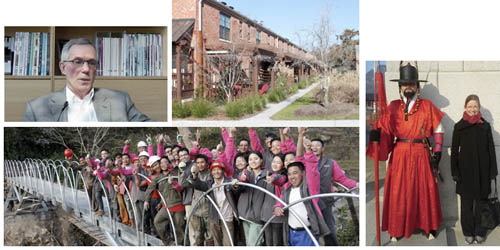
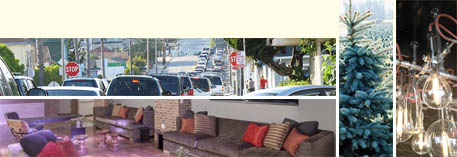 Luckett and Farley on the importance of office design. Lake|Flato reflects history in custom lighting. Geoff Manaugh on pop-up forestry. Kaid Benfield on making cities more walkable.
Luckett and Farley on the importance of office design. Lake|Flato reflects history in custom lighting. Geoff Manaugh on pop-up forestry. Kaid Benfield on making cities more walkable.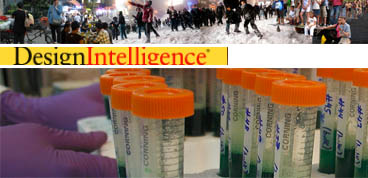 Trust and Knowledge Management. Sustainable Campus Model. Design for Healthier Cities. Uncertainty in Design.
Trust and Knowledge Management. Sustainable Campus Model. Design for Healthier Cities. Uncertainty in Design.
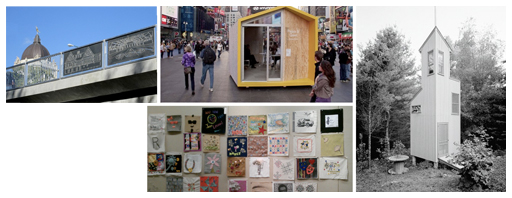
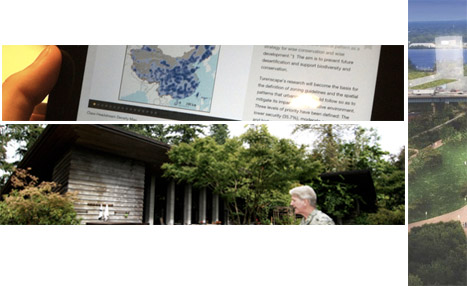 Preserving and maintaining Wright. An app for ecological urbanism. Soaking it up in Philly. Balancing design and value.
Preserving and maintaining Wright. An app for ecological urbanism. Soaking it up in Philly. Balancing design and value.
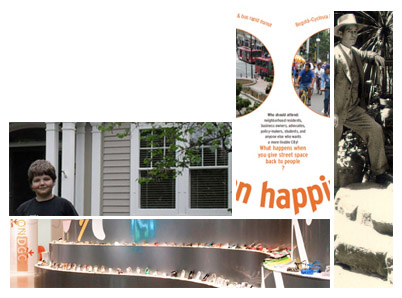 Palo Alto architecture history. Gensler on re-imagining department stores. Placemakers on urban happiness. Twelve year-old preservationist. Disaster and Community Capacity.
Palo Alto architecture history. Gensler on re-imagining department stores. Placemakers on urban happiness. Twelve year-old preservationist. Disaster and Community Capacity. HDR considers design in business. A practitioner's POV on research. Perkins+Will farms a rooftop. Pinteresting preservation ideas.
HDR considers design in business. A practitioner's POV on research. Perkins+Will farms a rooftop. Pinteresting preservation ideas.
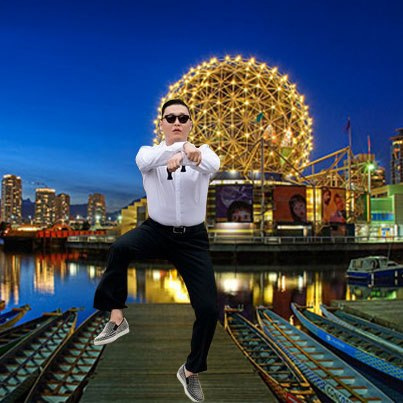

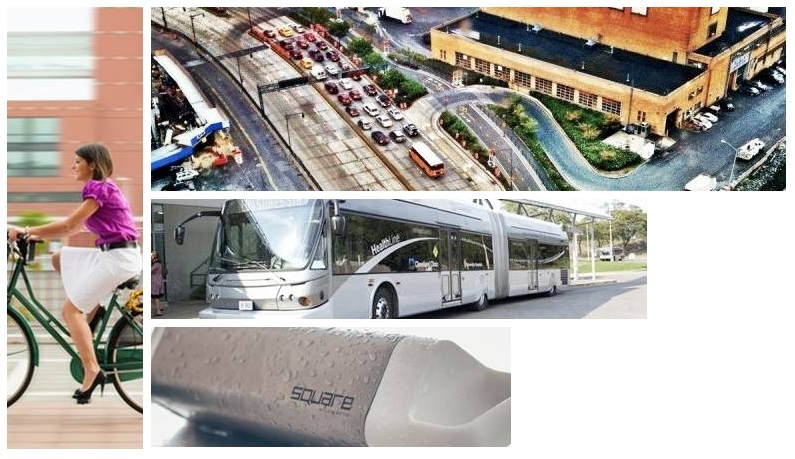



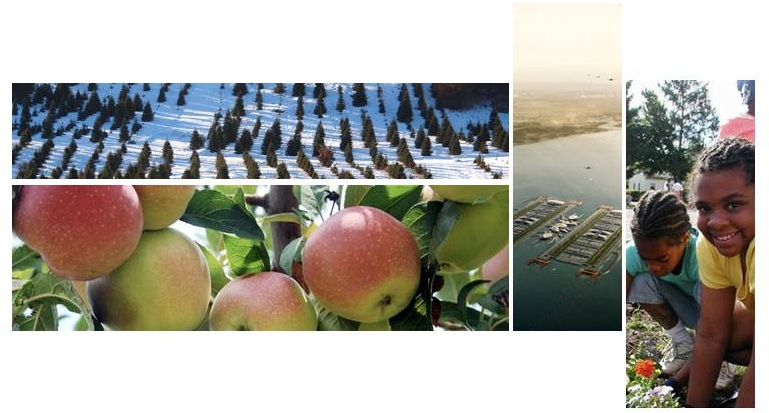
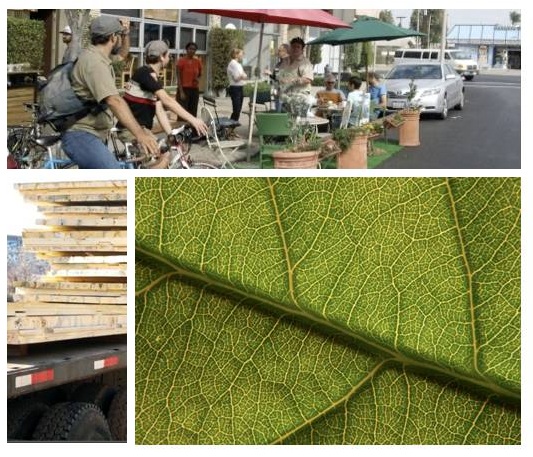 Smoking and public space. Lessons from a pilot park(let) project . Business from beetle blight. Consequences of turning on a light.
Smoking and public space. Lessons from a pilot park(let) project . Business from beetle blight. Consequences of turning on a light.